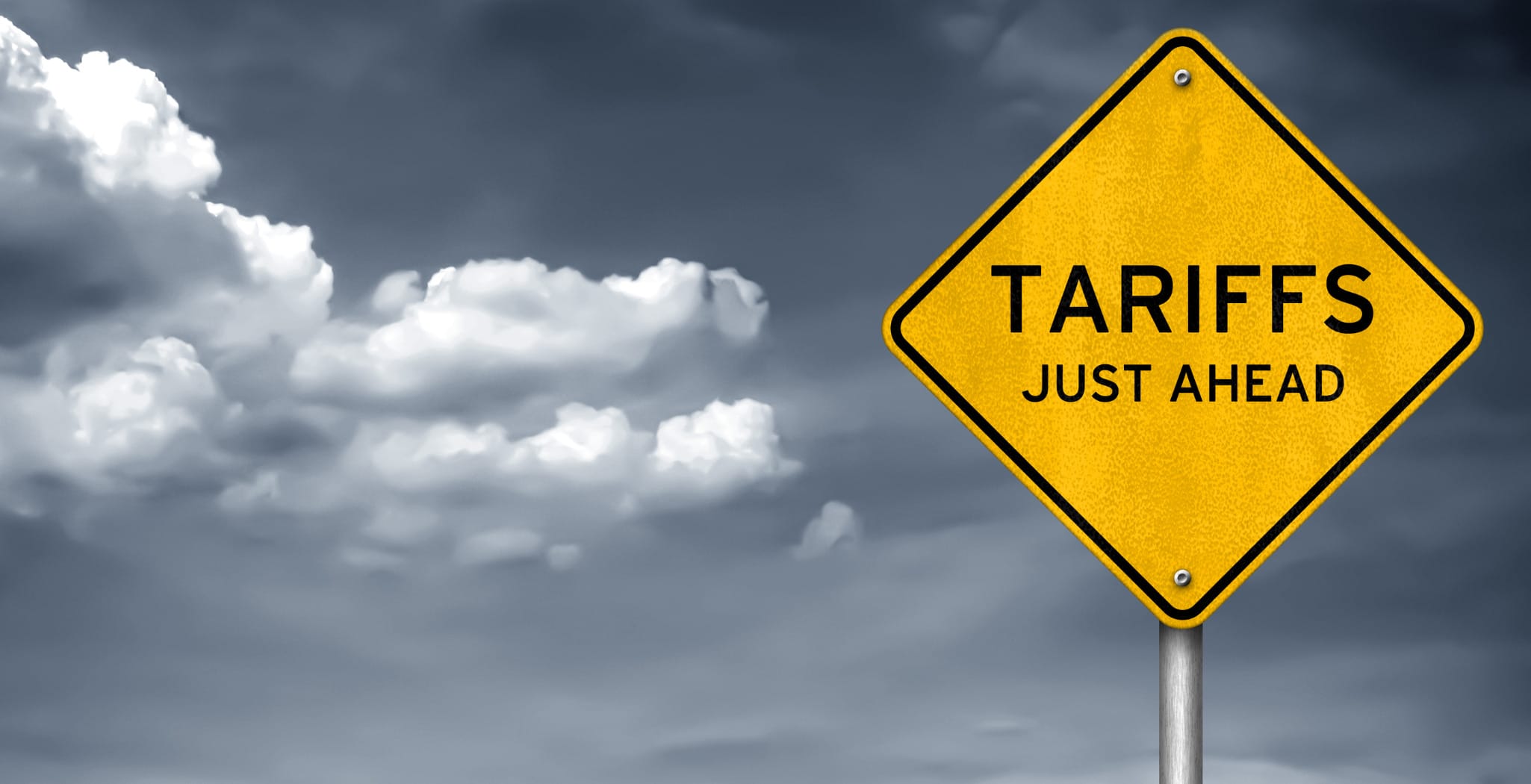Contract manufacturing in China is still a top strategy for most companies that require an efficient, cost-effective method for new product launches. US-based companies have been working with China for contract manufacturing for about three decades now and have learned that doing business in China requires careful navigation – especially when it comes to manufacturing.
Failure to understand this foreign playing field of differing language, business culture, and government regulations can result in disastrous consequences for companies seeking to do business there. Here are the top things to consider when contract manufacturing in China.
Business Plan
Before venturing into the journey of finding a manufacturing partner, it is helpful to have a sound business plan or at least a break-even analysis for your product/project. This plan is not required to be shared in its entirety with manufacturing partners but rather is used to demonstrate your understanding of your category and the opportunity available in the market. Having the foresight and courtesy of sharing important elements with partners will go a long way. A company should be able to quantify and back up forecasts and projections for anticipated product volumes to establish credibility with partners such as a factory boss or owner.
Building a Product Deck will go a long way toward illustrating your knowledge of a product. It should include:
- Narrative about the product and how your product design is unique and fills a void
- Professional 3D drawings
- Material specifications
- Finishes
- Packaging–primary and secondary
- Fit and function testing requirements
- Volumes–initial run and annual
Product Design
Designing a product while keeping the manufacturing process in mind (DFM) is another critical piece to consider. Oftentimes, when products are not designed in this way, complications arise with a factory’s ability to actually manufacture those products and designs then need to be reworked. Simplifying designs also reduces the need for expensive tooling. Understanding how designs affect aspects of manufacturing along with providing factory partners with 3D drawings and material specifications such as primary/secondary packaging can streamline the process of taking a design to the assembly line.
Finding a Manufacturer
Finding a reliable, efficient, and cost-effective manufacturer can be a painstaking process given the abundance of factories in China producing a large array of products. Your goal should be to identify a direct link to qualified, fully audited suppliers. You want boots on the ground to oversee tooling, sample coordination, on site manufacturing oversight, quality control and logistics. It is critical the supplier or consultant have a bilingual staff.
The advent of online tools such as Alibaba can be useful but oftentimes aren’t enough as communication can be difficult and scammers are constantly lurking.
When vetting a factory, there are important questions to ask to make sure that the factory has dependable organizational management and is able to meet production needs. For example:
- Do they keep good records of communication and factory equipment?
- What current products do they produce and what markets do they serve?
- When was the factory established and how many employees do they have?
Supply chain managers and consultants are able to assist in finding factories and establishing relationships given their experience, wide network and local knowledge.
Quality Control
It is important to take steps on the front end of your project to ensure (a) a factory practices proper quality assurance processes so that (b) quality control is found in every lot of production before shipments are moving across the ocean. It is critical to have pass/fail requirements for fit/finish, dimensions and tolerances and and specific criteria for performance testing. This should be laid out in documented form preferably in a quality manual. To receive a large order of products only to find that the quality of those products does not meet standards can be an extremely costly mistake. Working with an overseas sourcing agent and having “boots on the ground” to oversee products before they are shipped can mitigate such costly mistakes.
Protect IP/Documentation
China has differing regulations and legislation concerning business which makes working with manufacturers in China inherently riskier. Always register your product’s trademarks in countries where it is produced. Without this there is no chance of any favorable judgement should your product be released in that marketplace whether at retail or on-line. Theft of intellectual property is a common concern. Regardless of the confidentiality agreements or non disclosure agreements (NDAs) in place with a Chinese contract manufacturer, when designs and even finished goods are in the hands of other employees this exposure can lead to significant challenges when protecting IP.
Fortify and Diversify
China continues to be the world’s leader in manufacturing but many businesses are looking to diversify their supply chains by moving parts of their manufacturing options to alternative destinations in South East Asia or elsewhere. This type of diversification strengthens supply chains by creating a contingency plan in the case of (1) a major issue with a primary supplier in China and (2) price increases. In the last several years, disruptions caused by the COVID-19 pandemic and the US-China trade war have shown how vulnerable businesses can be if they are too heavily reliant on China. Even minor disruptions can cause critical issues with supply as is being seen in the auto industry right now.
Communication
Language barriers and a 12 hour time difference can make communication with Chinese manufacturing partners extremely difficult. While most factories have bi-lingual capabilities, details are often lost in translation. Working with a China sourcing agent or consulting with a supply chain expert reduces this risk. Reduced risk and fewer disagreements leads to positive, sustainable relationships.
Contact Us







Follow Us